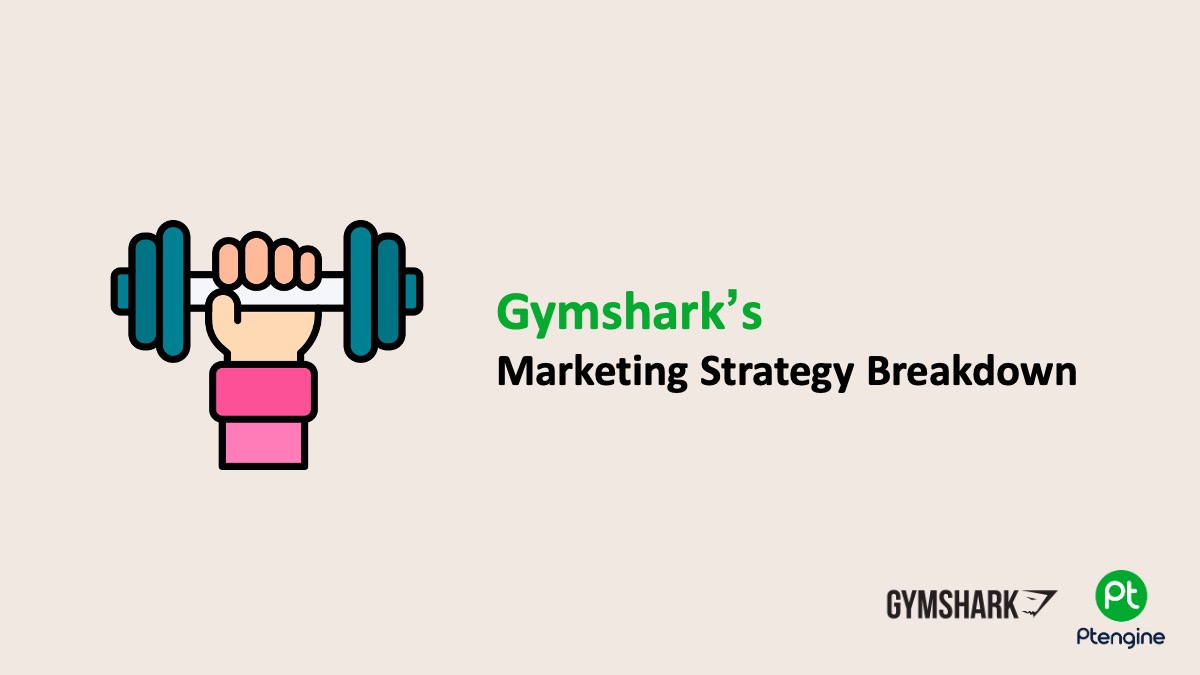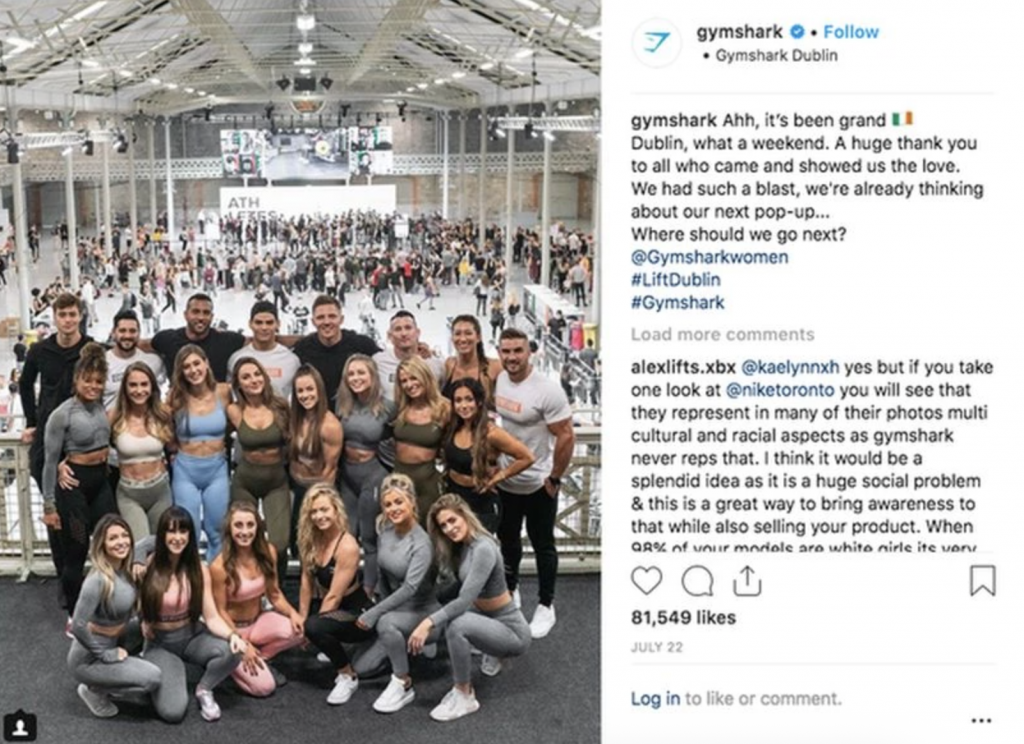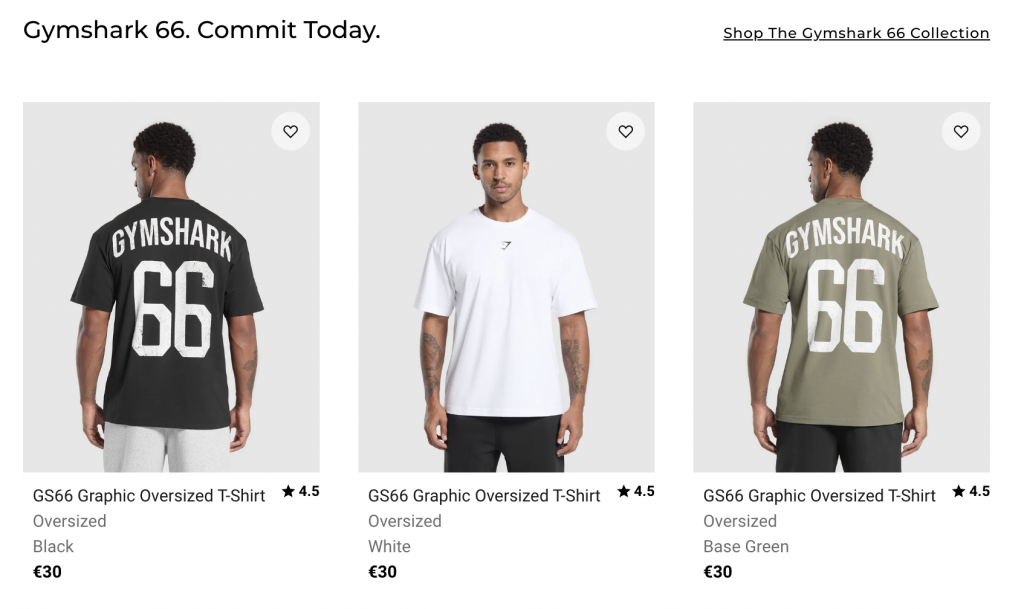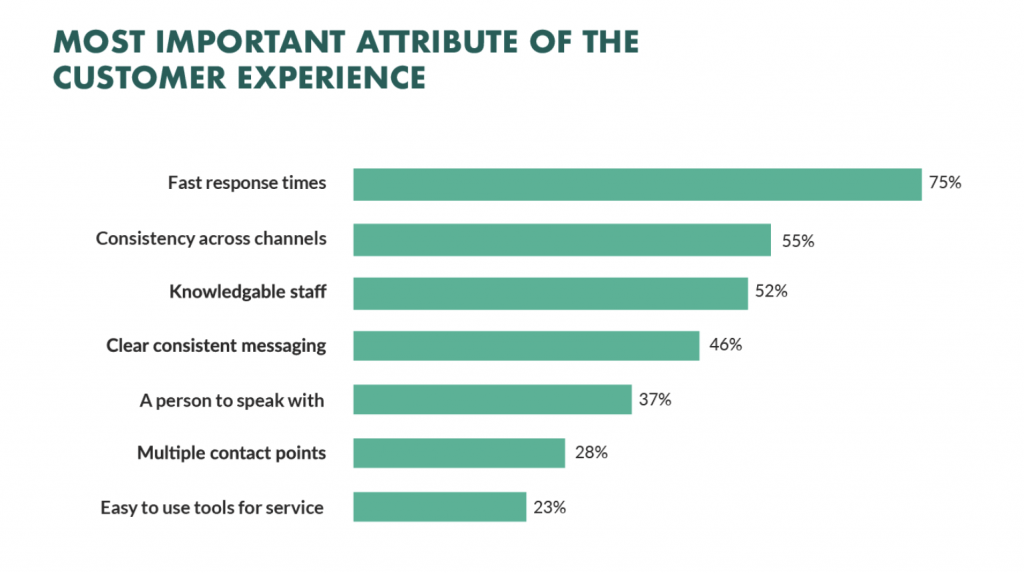blog»Business Strategy»Gymshark Marketing Strategy Breakdown: Influencers, Community, and Social-First Growth

Gymshark Marketing Strategy Breakdown: Influencers, Community, and Social-First Growth
2025/05/12
You can read this article in about 14 minutes
1. Introduction
Gymshark didn’t become a billion-dollar fitness brand through traditional advertising. It didn’t rely on retail stores, celebrity endorsements, or mass media. Instead, it built something far more powerful: a global online community rooted in trust, content, and connection.
Founded in 2012 by 19-year-old Ben Francis, Gymshark started as a side hustle—printing gym clothes in a garage. Today, it’s one of the fastest-growing direct-to-consumer brands in the world.

The secret? A laser-focused, social-first approach. From day one, the Gymshark marketing strategy has centered around three things:
- Authentic influencer relationships
- Community-driven content
- Consistent brand storytelling across social channels
In this article, we’ll break down how Gymshark built its marketing machine – and more importantly, what you as a marketer can learn and apply to your own business. Whether you’re building a brand from scratch or scaling an e-commerce store, there’s something here for you.
Let’s jump in. 💪
2. Built for Social from Day One
From the very beginning, Gymshark didn’t just use social media—it built its entire brand around it.
In 2012, while most fitness brands were still relying on retail partnerships or traditional ad channels, Gymshark leaned into platforms like Instagram and YouTube, where fitness culture was exploding. Instead of polished TV ads, they posted selfies, training clips, behind-the-scenes content, and customer transformations.
They didn’t just promote products—they promoted a lifestyle. And they made their followers feel like they were part of it.
On TikTok, they embraced humor, challenges, and transparency—keeping the content raw, relatable, and native to the platform. Their social channels weren’t ads—they were experiences.
What marketers can learn:
- Build your brand where your audience lives, not where your competition advertises
- Create content that matches the platform—what works on Instagram won’t work on TikTok
- Be early, be consistent, and be real
Gymshark didn’t wait for followers to show up. They showed up first—and built a brand by leading the conversation.
3. Influencers as Partners, Not Ads
Gymshark was one of the first e-commerce brands to treat influencers like teammates—not just ad space.
Instead of chasing celebrities or paying for one-off promotions, they built real relationships with up-and-coming fitness creators. These weren’t just people with big followings—they were people who aligned with the brand’s values and audience.

Gymshark gave them gear, involved them in product launches, brought them to events, and made them feel like part of the company. Many of these creators grew with the brand, becoming long-term ambassadors who genuinely loved the product.
This approach created authenticity. Followers could tell the endorsements were real—and that built trust fast.
What marketers can learn:
- Stop chasing reach—look for relevance and alignment
- Long-term relationships outperform short-term promotions
- Treat influencers like partners, not platforms
Gymshark’s influencer strategy wasn’t transactional—it was transformational. And that made all the difference.
4. Community Over Customers
Gymshark didn’t just build an audience—they built a movement.
Instead of treating shoppers like one-time customers, they created a sense of belonging around a shared identity: people who live and breathe fitness. Through challenges, local meetups, and viral campaigns like #Gymshark66, the brand gave its followers a way to actively engage—not just buy.

They launched pop-up gyms, created training events with influencers, and built online spaces where followers could share progress, advice, and motivation. Everything felt for the community, not just about selling products.
Even their comments section feels different—more like a group chat than a corporate account. That kind of energy doesn’t come from marketing. It comes from listening, interacting, and showing up consistently.
What marketers can learn:
- Make your audience feel like they’re part of something bigger
- Encourage participation—not just purchases
- People stay loyal to communities, not brands
Gymshark didn’t market to their audience—they built with them.
5. Content as the Core of Commerce
Gymshark didn’t rely on polished ads or traditional brand campaigns. Instead, they built their marketing around content that felt native, useful, and human.
From day one, the brand created a constant stream of value-driven content—workout videos, training tips, behind-the-scenes clips, transformation stories, and influencer takeovers. Much of this was designed not to sell, but to inspire, educate, and entertain their audience.

Their content wasn’t just filler—it was the strategy.
On platforms like TikTok and YouTube, they embraced trends while keeping the tone consistent with their fitness-first identity. They showcased real people doing real workouts. They told stories. They let personalities shine.
The result? Customers didn’t just buy Gymshark—they followed it, shared it, and talked about it.
What marketers can learn:
- Treat content like a product—create it with intention and quality
- Build content around your audience’s world, not your brand’s agenda
- Consistent, helpful, and entertaining content builds brand equity over time
Gymshark proves that when content is done right, it doesn’t feel like marketing—it feels like connection.
6. Data-Driven, Customer-Led Growth
Behind Gymshark’s bold content and community presence is something just as important: smart use of data.
From social listening to on-site behavior, Gymshark pays close attention to what their audience responds to. They track which products get the most engagement, what content gets shared, and which influencers drive real conversions. That data doesn’t sit in a dashboard—it fuels decisions.

They’ve used insights from customer feedback to:
- Launch limited drops based on demand
- Optimize sizing, style, and fit
- Personalize email and SMS campaigns based on behavior
- Adjust content formats depending on platform and performance
And they didn’t stop at data collection—they built feedback loops into their entire customer journey. From polls in stories to product reviews and post-purchase surveys, Gymshark constantly asks, listens, and adapts.
What marketers can learn:
- Use data to make real-time, customer-first decisions
- Let your audience help shape your brand and product
- Feedback isn’t just support—it’s a growth tool
7. What E-Commerce Marketers Can Learn from Gymshark
Gymshark didn’t win because it had the biggest budget. It won because it understood how to connect—and stayed consistent. Whether you’re running a small DTC brand or scaling an e-commerce business, here’s what you can take from their approach:
1. Don’t rent attention—build relationships
Influencers, content, and community give you long-term engagement that ads alone can’t match.
2. Be platform-native
Create content that belongs where it lives—whether it’s TikTok, Instagram, or email. Don’t just copy and paste across channels.
3. Treat your customers like a community
Give people something to belong to. Challenges, conversations, behind-the-scenes access—it all creates a deeper brand bond.
4. Make content your strategy, not a side project
Invest in value-driven, personality-filled content. It’s your most scalable and shareable asset.
5. Let your data guide your growth
From product drops to email flows, listen to your customers and adapt fast.
You don’t need to replicate Gymshark. But you can apply their mindset:
Community over conversion, value over vanity, and consistency over hacks.
8. Conclusion: Gymshark Proves Connection Beats Campaigns
Gymshark’s rise wasn’t about luck—or even product. It was about building real relationships in a digital world.
They didn’t chase trends. They created them. They didn’t talk at customers—they built with them. And instead of relying on short-term sales tactics, they committed to long-term brand building through content, community, and care.
The Gymshark marketing strategy shows that in today’s e-commerce world, loyalty isn’t bought—it’s earned through consistency, relevance, and human connection.
So if you’re a marketer trying to grow a brand in 2025, take the Gymshark playbook to heart:
- Lead with value
- Create for connection
- Let your customers shape the journey
Because when people feel like they’re part of your brand—not just buying from it—they don’t just stick around.
They bring others with them.